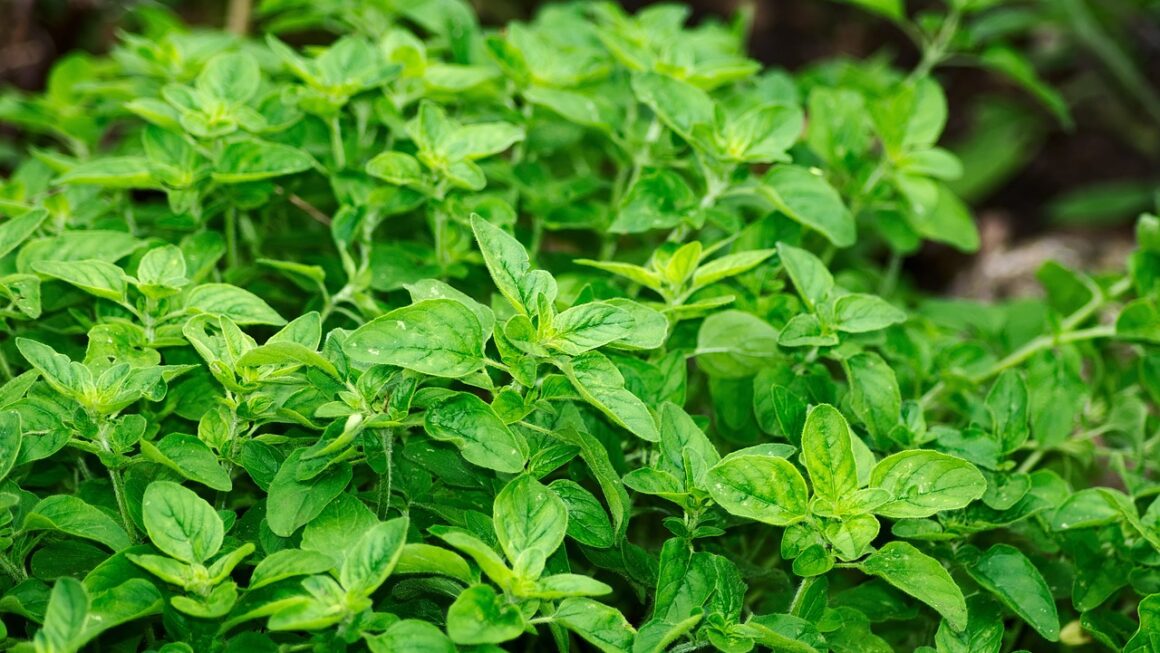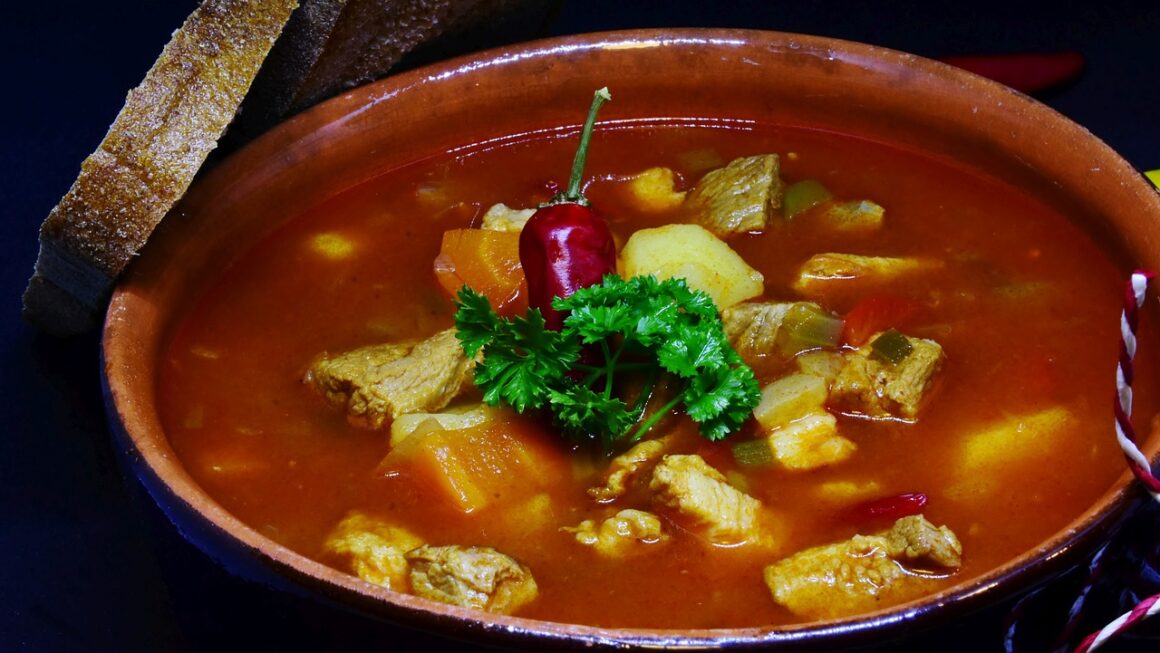Bibimbap is a popular Korean dish that has been gaining popularity all around the world. It is a colorful and flavorful dish that is made up of a variety of vegetables, rice, and often some sort of protein. The word “bibimbap” itself translates to “mixed rice” in Korean, and the dish is all about bringing together different ingredients to create a harmonious and delicious meal.
One of the key ingredients in bibimbap is, of course, rice. The rice used in bibimbap is typically short-grain white rice, which is cooked to perfection and serves as the base of the dish. The rice provides a filling and comforting component to the dish, and it is perfectly complemented by the array of vegetables and other ingredients that are added on top.
One of the most important aspects of bibimbap is the variety of vegetables that are used. The vegetables are often julienned or finely sliced and then sautéed or stir-fried to bring out their natural flavors and textures. Common vegetables used in bibimbap include carrots, zucchini, spinach, bean sprouts, and mushrooms. These vegetables not only add vibrant colors to the dish but also provide a range of nutrients and vitamins, making bibimbap a healthy and balanced meal.
In addition to rice and vegetables, bibimbap often includes a protein component. This can vary depending on personal preferences and dietary restrictions. Some popular protein options for bibimbap include beef (often marinated and grilled), chicken, tofu, or even a fried egg placed on top of the dish. The protein adds a satisfying and savory element to the dish, making it a complete and fulfilling meal.
The key to making a truly delicious bibimbap lies in the balance of flavors and textures. The rice provides a comforting and neutral base, while the vegetables add freshness and crunch. The protein component adds depth and richness, and everything is brought together with the signature bibimbap sauce, which is a mixture of Korean chili paste, soy sauce, sesame oil, and other seasonings.
Bibimbap is also often served with a side of kimchi, a traditional Korean fermented vegetable dish. This adds an extra kick of flavor and tanginess to the meal, further enhancing the overall dining experience.
In conclusion, the key ingredients in bibimbap, from rice to veggies, work together to create a satisfying and balanced dish that is as visually appealing as it is delicious. The combination of flavors, textures, and colors makes bibimbap a truly unique and enjoyable culinary experience. Whether you are a fan of Korean cuisine or simply looking to expand your culinary horizons, bibimbap is a dish worth trying. With its healthy and flavorful components, it’s no wonder that bibimbap is beloved by so many around the world.




